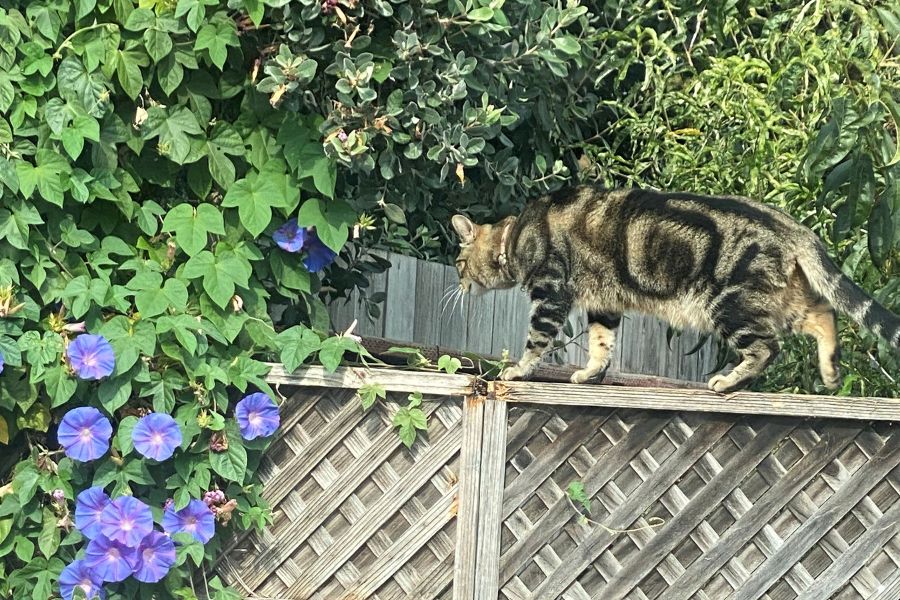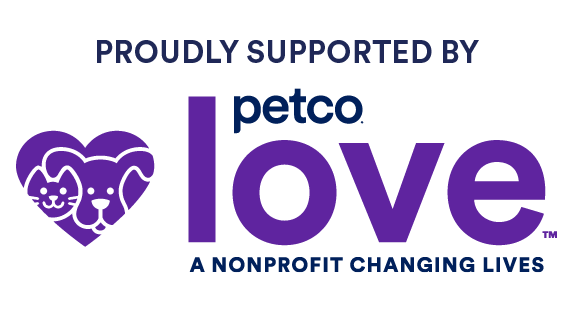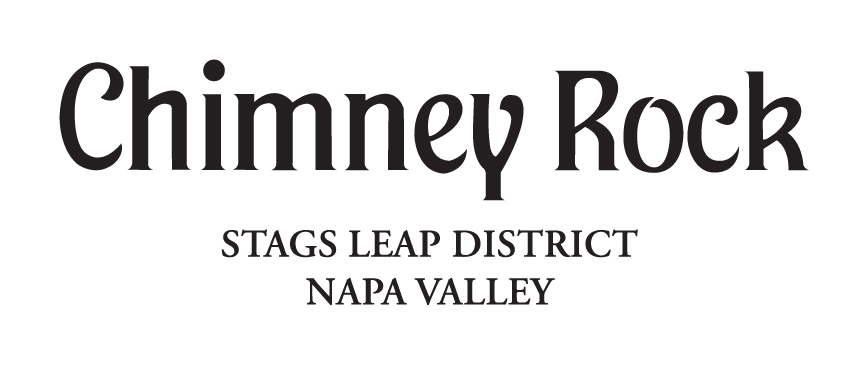
Outdoor Cats in Our Community: What You Need to Know
by Wendi Piscia | April 3rd, 2025 | 11:35 am
Have You Seen a Cat Roaming Your Neighborhood?
If so, you’re not alone. Many communities have free-roaming cats, but not all of them are the same. Some are owned, some are lost or pets left behind, while others were born outdoors and have never lived with people. These cats generally fall into four categories: feral, community, lost, and owned outdoor cats.
The Four Types of Outdoor Cats
-
- Feral cats are unsocialized and avoid human contact. They usually come from generations of outdoor cats and don’t seek out people.
- Community cats are outdoor cats that are fairly social and may have multiple people caring for them, but they don’t have a single owner.
- Lost cats are pet cats who have a family looking for them and wanting them back.
- Owned outdoor cats are pet cats allowed to roam freely outside.
The Controversy Surrounding Outdoor Cats
Feral and community cats have long been a topic of debate, particularly due to their impact on wildlife. Studies estimate that free-roaming domestic cats kill about 2.4 billion birds annually in the U.S. (American Bird Conservancy). These cats can also carry diseases like toxoplasmosis, which can affect humans and other animals (UC Davis School of Veterinary Medicine, 2023). While these concerns are valid, it’s essential that we focus on humane solutions.
How Fast Can the Cat Population Grow?
A single pair of cats and their offspring can produce thousands of kittens in just a few years. Here’s how:
-
- A female cat can start having kittens as young as five months old.
- She can have two litters per year, with an average of four kittens per litter.
- Those eight kittens can start reproducing as soon as they reach five months—and their kittens will do the same.
This rapid cycle leads to overwhelming numbers of homeless cats in a short period, straining shelters, rescues, and the community.
How Shelters Have Managed Feral and Community Cats
Historically, shelters were required to accept all cats brought in, including both feral and community cats. This created a difficult situation: feral cats, being completely unsocialized to humans, were not adoptable, and in many cases, euthanasia was the only available outcome. Community cats—outdoor cats that were social but lacked a single owner—were sometimes euthanized due to shelter overcrowding and limited resources.
Shelters were put in an impossible position. With a constant influx of homeless cats and only so much space, difficult decisions had to be made to accommodate new arrivals. Over time, however, attitudes began to shift. Research and advocacy showed that healthy community or feral cats often have a better chance of survival if left in their familiar environment rather than being kept in shelters where their outcomes were uncertain. This understanding led to a move away from euthanasia as the primary method of population control. Instead, Trap-Neuter-Return (TNR) became the recommended approach, allowing shelters to focus their limited resources on spay/neuter efforts rather than housing cats indefinitely or euthanizing for space.
Today, more shelters prioritize returning healthy, sterilized community cats to their original locations. This approach not only prevents new litters but also allows these cats to continue their lives without adding to the population crisis. While there is still progress to be made, the shift toward humane management practices has helped reduce unnecessary euthanasia and improve outcomes for both cats and shelters.
While concerns about the impact of outdoor cats on wildlife are valid, it’s important to note that TNR programs are a key part of a larger strategy to reduce the number of free-roaming cats. By preventing new litters, TNR helps gradually reduce the overall cat population, ultimately minimizing the strain on local wildlife. Additionally, TNR efforts often include careful monitoring and management of feral cat colonies, which helps mitigate their impact on bird and small mammal populations. In the long run, TNR provides a sustainable, humane solution that works for both cats and wildlife, fostering harmony between the two.
How Napa Humane is Addressing Cat Population Control
Napa Humane has been at the forefront of addressing the community and feral cat crisis. In 2024, we provided spay/neuter services for 854 community and feral cats, bringing the total to 4,132 cats over the past five years. Yet, the demand continues to grow.
In addition to serving community cats, our clinic provides spay/neuter services for the public, local rescue groups, North Bay Humane, and the Napa County Animal Shelter. Our clinic operates at full capacity five days per week, averaging 4,200 surgeries annually. When funding allows, we add “Caturdays”—weekend surgery days dedicated specifically to cats.
While we acknowledge that the need exceeds our resources, every dollar invested in spay/neuter helps reduce overpopulation and improve the lives of both cats and the community. Every sterilized cat means fewer litters, fewer kittens entering shelters, and fewer cats struggling to survive outdoors. Spay/neuter remains the most humane and cost-effective solution.
The Growing Demand for Services
Social media has undeniably raised awareness about community cats, with stories and videos driving greater community involvement. However, this increased awareness also brings a higher demand for services, which poses a challenge when it comes to not only availability, but also funding. Providing TNR services—spaying, neutering, vaccinating, and returning cats—requires significant resources, and as unowned animals, community cats cannot fund these services themselves. They depend on the generosity of supporters and organizations like Napa Humane to make these efforts possible.
How You Can Help
You play a crucial role in being part of the solution:
-
- Spay/neuter your pets: Ensure your cats are sterilized to prevent unintentional litters. Prevention is key!
- Support local TNR efforts: If you see community cats, consider supporting TNR programs through volunteering. Our community always benefits from more volunteer trappers and kitten foster caregivers. If you’re interested in making a difference, call us at 707-255-8118 x 202 to be connected with the right resources.
- Donate to Napa Humane: For just $50—the cost of a few fancy coffee drinks—you can stop the cycle of homelessness for thousands of kittens and help protect wildlife. Every dollar helps fund TNR surgeries, ensuring these cats have a better quality of life.
Together, we can make a lasting difference for feral and community cats, our neighbors, and local wildlife.
Stay tuned for next month’s column, where we’ll dive deeper into the upcoming kitten season—what to do if you find kittens, which resources are available, and how you can help make a difference in your community. We’ll provide clear, actionable guidance on how you can be a community hero this kitten season!
This article was originally published in the April 3, 2025 Napa Valley Register Weekly Edition. You can find insights from Napa Humane monthly in the Napa Valley Register.
The topics discussed in this feature are part of a larger conversation regarding animal welfare in Napa County. Want to learn more? Explore the entire series at: https://bit.ly/NVRNapaHumane



























































